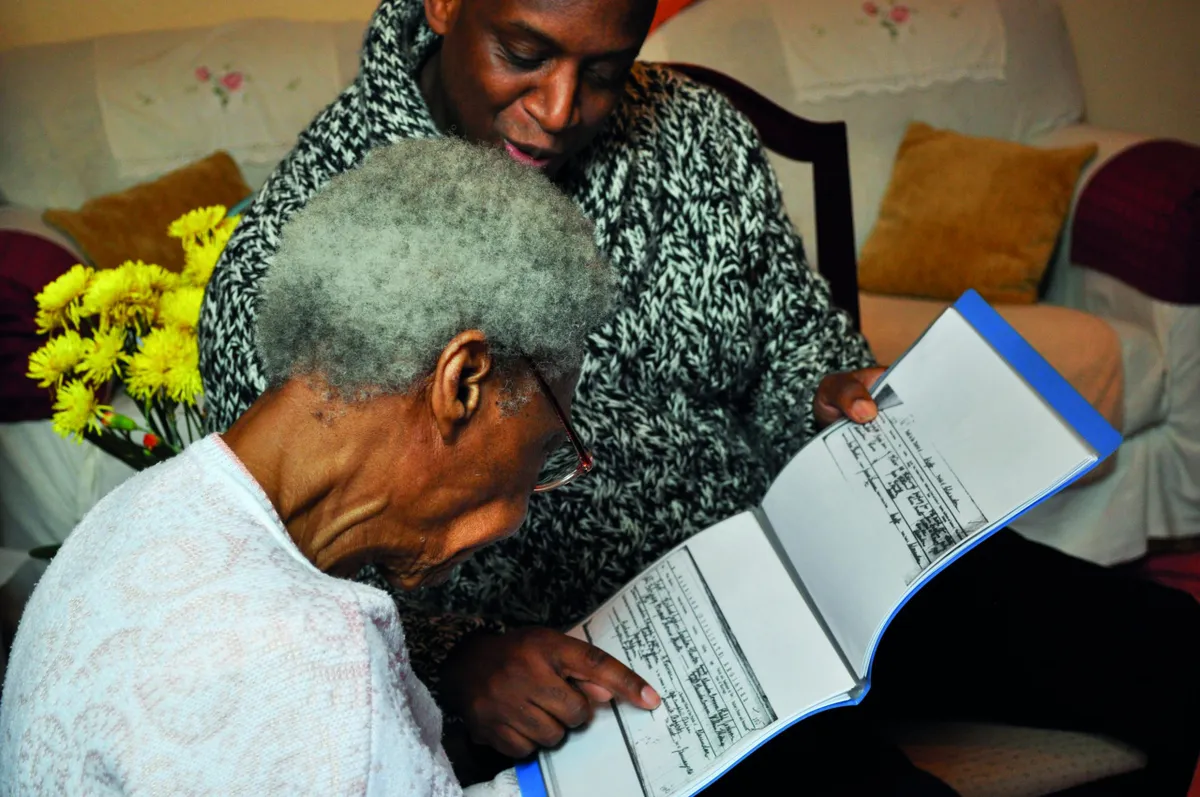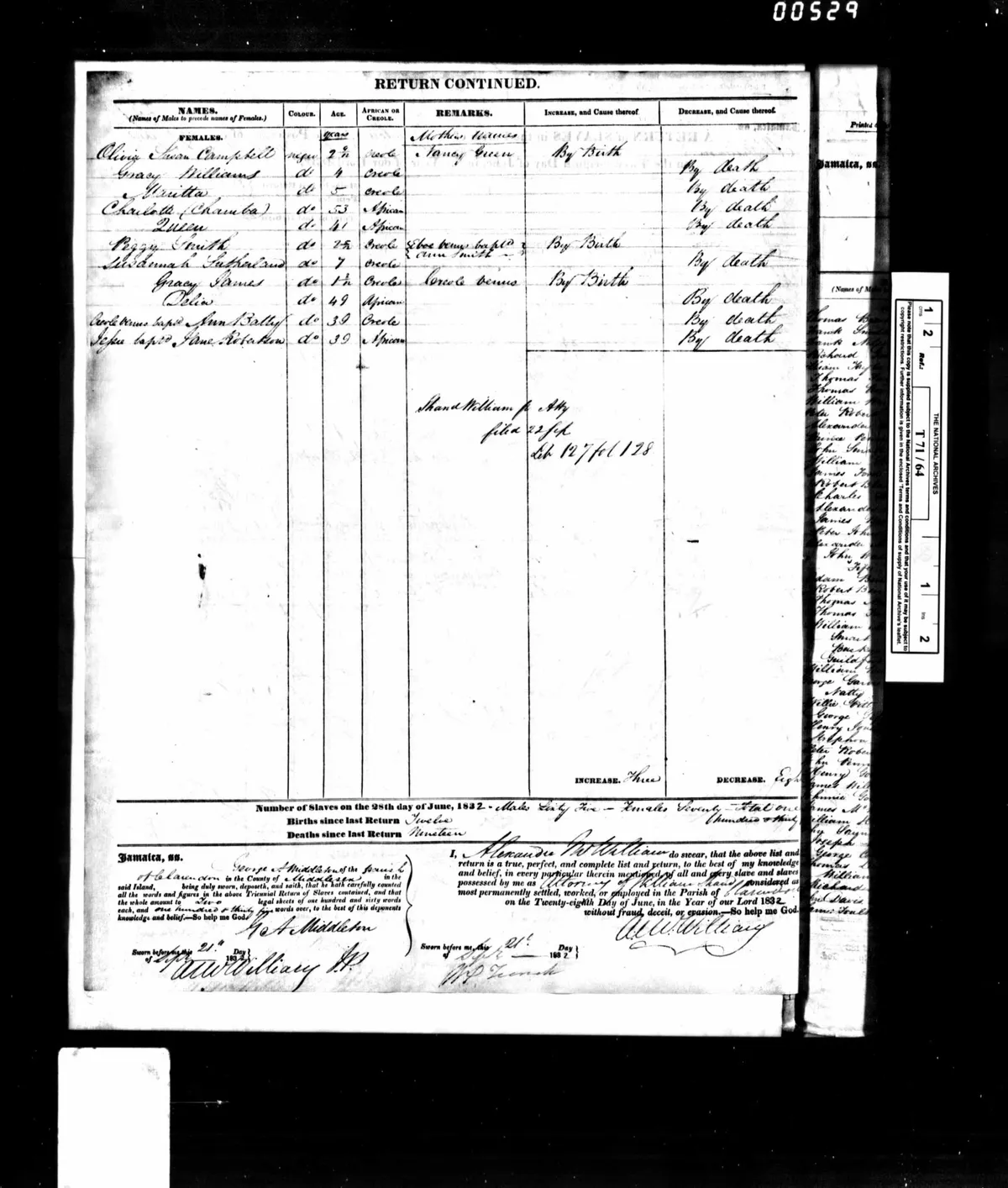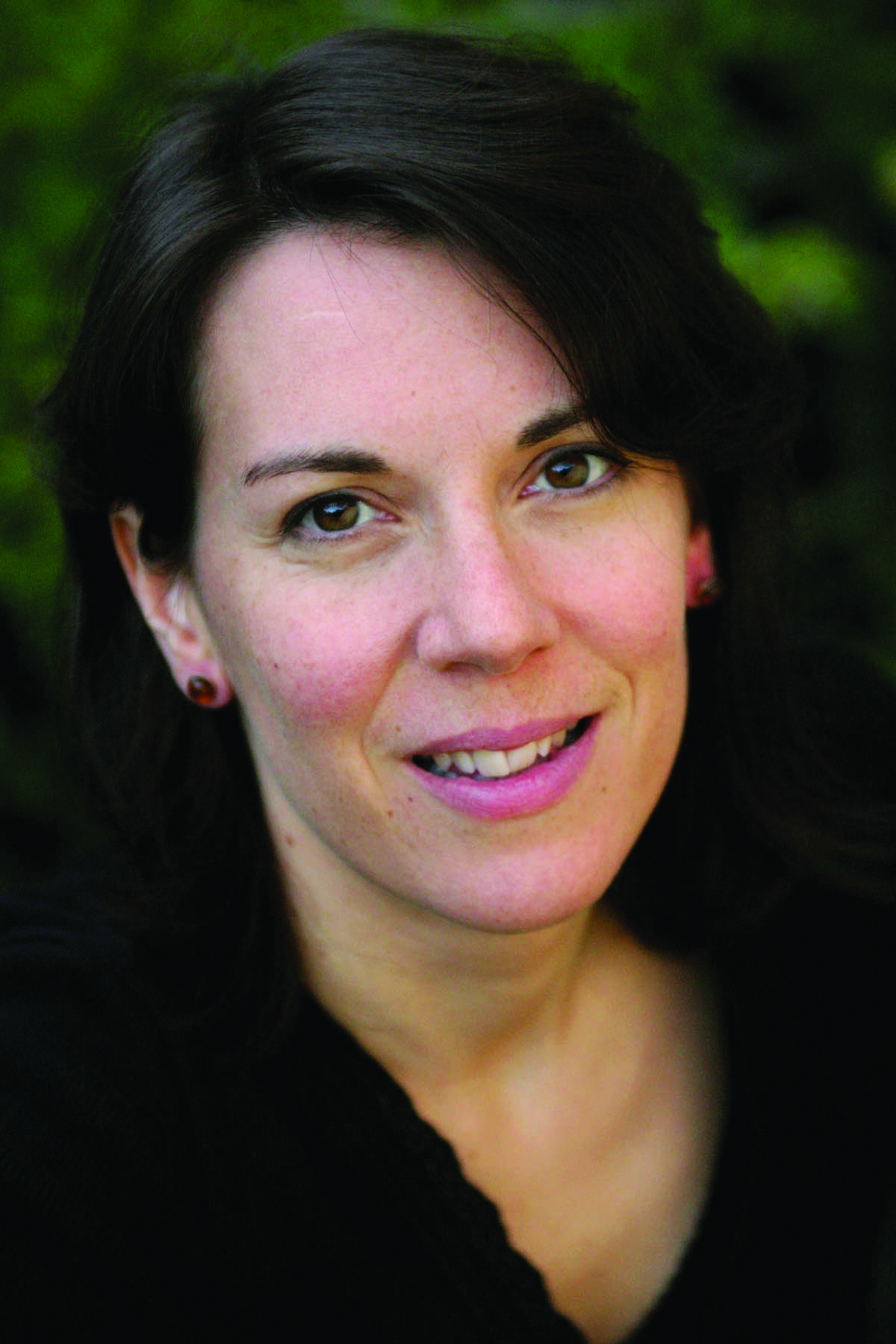“At first I didn’t realise what it said – then I thought, ‘Is that real?’,” says Adrian Stone, recalling the moment he spotted the word “African” next to the name of his earliest slave ancestor Ebo Venus in the registers for the Kellits Plantation in Clarendon, Jamaica. “That’s the biggest record I’ve found, without a doubt.
“Finding an African slave on your tree is quite rare. It can be difficult to connect the dots to that generation, because of gaps in the records and knowing how to find things. It can be done, but it’s tricky.”
In Adrian’s case, it was the culmination of 10 years’ hard work, researching an impressive 6,000 ancestors over 10 generations as far back as the 1770s. But there are exciting new developments to add to a story that has taken him from his starting point in Bristol to the Windrush era, the abolishment of slavery – and beyond. Today he’s one of the leading experts in tracing Caribbean roots.
Spiritual journey
“It was a very spiritual journey for me, because of how it all started.” Adrian’s mum Elaine had been struck down with a potentially fatal illness. “I thought about her passing away. I get my strength from her, and it made me think about her deeper roots. That was the catalyst – there on the intensive care ward.
“I asked my older cousin Scotty McCarty if he could tell me the basics of our family history, because I didn’t know anything,” says Adrian. “I couldn’t have told you when my grandparents came to England. I didn’t even know their names – we just called them Mama and Papa. I was desperate to find out as much as I could, and scribbled everything down. There were lots of pet names, and no dates.” He managed to sketch a basic tree as far back as his great grandparents.
Adrian called relatives in Jamaica and America to see what they could add. However, getting information was not always easy. He found inconsistencies and an understandable reluctance to talk about the past, but he gradually gained people’s trust.
What emerged was a classic Windrush generation story. His grandfather Hubert Thomas McLarty had farmed sugar cane in Clarendon. Married with three children and another on the way, he decided to seek work abroad to support his family. In 1955 he sailed from Kingston on the Castel Verdi and ended up in Bristol – The National Archives (TNA) in Kew has lists of passengers arriving from the West Indies (1878–1960) in series BT26 and LAB 8/1902. These records can also be searched on Ancestry.

Early in his research, Adrian discovered the Jamaican civil registration records and parish registers held by the LDS Church, which he consulted at the Britannia Family History Centre in London. “I used them to find my great grandparents and beyond. Discovering these records existed was mind-blowing. I was able to put my ancestors into context – to bring the scribbles to life. That’s when my life changed.” As Elaine’s health improved, Adrian shared his findings with her.
With so few dates to go on, Adrian had to do a lot of detective work. “For example, I asked one of my relatives when his father passed away, and he said: ‘Just after the hurricane.’ That was a major clue! I looked at when the hurricanes had happened, and used them as landmarks to search the records. It saved me having to go through every year.”
“You also have to have a good geographical sense of an area,” Adrian explains. Life events were registered at the church and the local post office. “The post office could fall just outside your ancestor’s parish, but be within walking distance – so you might think that an entry wasn’t your relative, because they didn’t come from the place where registration occurred. Having that geographical knowledge made a massive difference.”
Tracing Lavinia
Lavinia Nedd, Adrian’s 2x great grandmother, was the earliest person on his scribbled tree, and one of the first he searched for in the records. “She was born in 1878. It was difficult to find her birth certificate, as she wasn’t named at birth – which was common. I knew I’d found her record because of her age on her marriage certificate, and also because of oral history. Relatives always said that her mother only had one child, and that tallied. I also checked the death records to make sure that this child had not passed away.” With Lavinia’s 1878 birth record, Adrian took a step into the unknown, discovering her parents James Robert Nedd and Mary Elizabeth Thomas. “I was intrigued to see how far back I could go.”
But Adrian’s biggest find by far began with a chance meeting in a remote Jamaican village during a fact-finding trip. “A lady come over to me and said: ‘Are you the young man doing the family tree?’ Her name was Violet Palmer, and she was related to my Robinson branch.” She had lots of information to share – oral history from her Aunt Lily in Manchester, Jamaica. So, of course, Adrian went to see Aunt Lily.

“She was able to tell me about her grandparents and great grandparents, and I used her stories to find their birth and marriage records.” One of Lily’s tales was about her great grandmother Peggy who, it turned out, was Adrian’s 4x great grandmother. “She was born a slave and had told Aunt Lily that she remembered when her family were freed, singing ‘Masters set we free, masters set we free.’”
Peggy died in 1901. “Her age at death gave me an idea of when she was born, in around 1830, so she had to be about seven when slavery ended in 1838.” But there were few baptism records, so Adrian had to search elsewhere for proof. He found it in the slave registers, along with her mother – and that link with Africa.
Researching slavery
“In 1807 Parliament abolished the slave trade,” explains Adrian. “It became illegal to transport Africans across the Atlantic. The registers were introduced in 1813. Generally compiled every three years, they monitored every slave that was owned, transported, died, born or set free. You can find these registers in the series T71 at TNA but they have also now been digitised and can be searched on Ancestry for free, without a subscription.

In the 1832 register, I found Peggy on the Burn Plantation (part of the Kellits Sugar Plantation), aged two and a half, listed as Creole – meaning she was born in Jamaica. Her mother, Ebo Venus, was also recorded, with her baptismal name – Ann Smith.” Crucially, it listed her as African. “The name Ebo referred to the tribe she was from” – pinpointing Adrian’s African heritage very precisely.
The Kellits Plantation was in Clarendon, a parish where later generations of Adrian’s family had lived in freedom. Kellits Estate was built in 1771 by Scottish aristocrat George McKenzie. When Adrian’s ancestors were there, it was owned by John Shand, who bequeathed it to his younger brother William. “There had been 630 slaves at Kellits, so it was one of the biggest plantations – over 6,000 acres. It had a mill house and boiling house, and also a slave hospital.
“Once I found out who owned it, I thought, ‘Who are they? What’s their history?’” Adrian’s research took him to an estate called The Burn (named after the Shands’ coffee plantation) in Fettercairn, Scotland, and Aberdeen City and Aberdeenshire Archives, which holds Willam Shand’s papers (1776–1845). Among these, Adrian discovered more slave registers, containing some familiar names. “I found many of my family listed in those registers – six different lines were enslaved on the Kellits Plantation.”
With limited records beyond the registers, Adrian turned to genealogical DNA company African Ancestry and discovered a wide African heritage. “I looked at a direct descendant, on the maternal line, of Ebo Venus and that led to Equatorial Guinea, the Bubi people, and the Fulani and Tikar tribes.”
An AncestryDNA test threw up something even more interesting. “I’ve recently found a living Nigerian relative! Ancestry predicts that she’s a 5th to 8th cousin, so we share 4x to 7x great grandparents somewhere. We’re trying to work out which line she comes from now. But to find her was incredible – especially because she is from the Ebo tribe!
“It’s very different looking at the records and seeing you have Nigerian ancestors to knowing you have a living one. It’s the beginning of a new journey.
“With many of the Windrush generation passing away, taking vital oral history and cultural knowledge with them, it’s important to do something now.” To this end, his company Own History runs workshops and talks showing others how to unlock their own Caribbean ancestry.
It’s been an emotional experience. “You know the pain that’s there – millions of Africans lost their lives – but I’ve always tried to approach my work as a celebration: Ebo, Peggy and Lavinia passed their strength from generation to generation. Thank God for the records and the memories that have survived. They meant we were able to find our way home.”
You can find out more about Adrian Stone's workshops and genealogy service via his website
